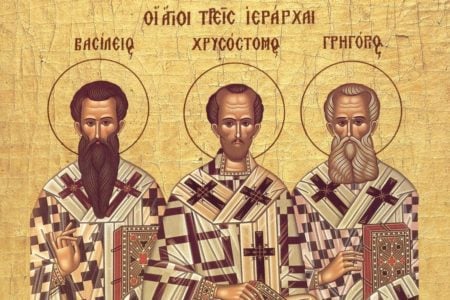“A text cannot mean what it could never have meant for its original readers/hearers.” This quote from Gordon Fee, frequently regurgitated on social media, exposes an emerging fault line in evangelical protestant Biblical interpretation. On Fee’s side are those who insist that the true meaning of any Biblical passage is limited to what the author intended to convey to their original audience. The goal of Biblical scholarship is thus to reconstruct the “world behind the text,” in order for contemporary Christians to accurately hear the words of scripture as it would have been received at its writing: One must read a text, grasp its original meaning and context, then attempt to apply the meaning of that text to their life today.
Login to read more
Sign in or create a free account to access Subscriber-only content.
